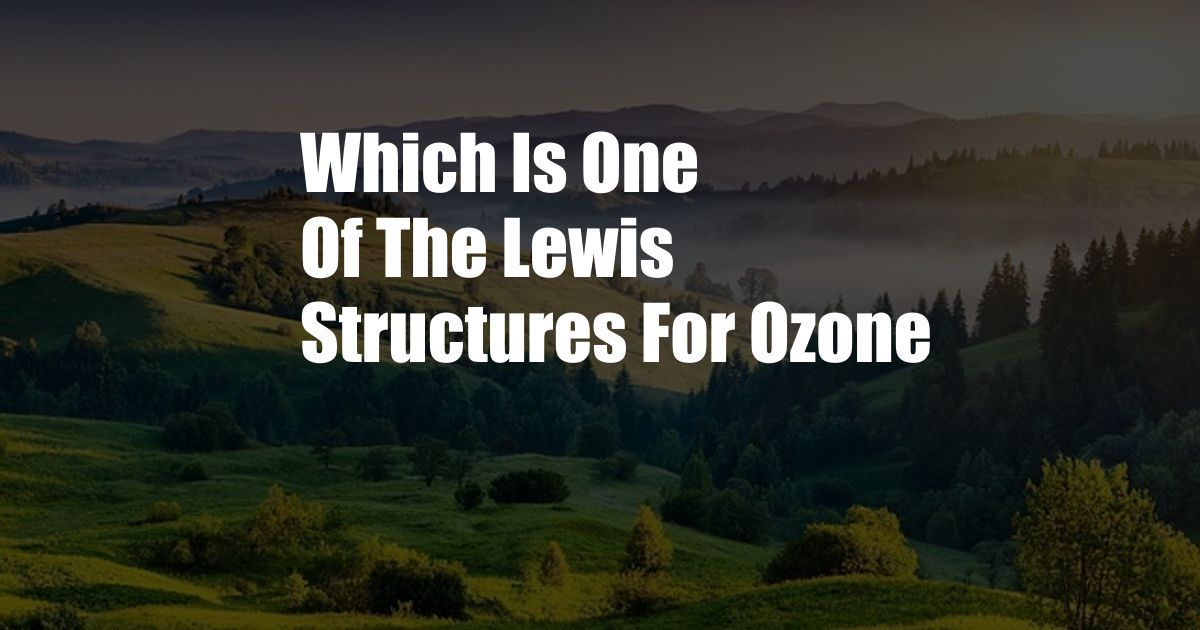
Ozone: A Breath of Fresh Air or a Hidden Danger?
Have you ever gazed up at the sky, admiring the boundless expanse of blue, and marveled at the air we breathe? Within the very air that sustains us lies a mysterious molecule called ozone. It’s an invisible force, an enigmatic presence that shapes our environment in profound ways. But what exactly is ozone, and what secrets does it hold? This article will delve into the fascinating world of ozone, exploring its forms, properties, and implications for our planet.
Ozone: The Enigmatic Molecule
Ozone (O3) is a molecule composed of three oxygen atoms. It’s a colorless gas with a pungent odor, often associated with the fresh, crisp scent of thunderstorms or the seaside. Ozone is a highly reactive molecule, playing a crucial role in the Earth’s atmosphere and the maintenance of life as we know it.
Ozone in the Earth’s Atmosphere
In the Earth’s atmosphere, ozone is primarily concentrated in the ozone layer, which resides in the stratosphere, approximately 15-30 kilometers above the Earth’s surface. The ozone layer acts as a protective shield, absorbing harmful ultraviolet (UV) radiation from the sun. This absorption shields us from the detrimental effects of excessive UV radiation, such as sunburns, skin cancer, and eye damage.
Lewis Structures of Ozone
Ozone can exist in various resonance structures, which share the same molecular formula but differ in the arrangement of their electrons. The most common Lewis structure for ozone is the one in which the two double bonds are adjacent to each other:
O=O-O
However, ozone can also exist in the following resonance structures:
O-O=O
These resonance structures contribute to the overall stability of the ozone molecule and its ability to perform its functions in the atmosphere.
Formation and Depletion of Ozone
Ozone is constantly formed and depleted in the Earth’s atmosphere through a series of chemical reactions. Ozone is formed when oxygen molecules (O2) absorb a high-energy photon from the sun, causing them to split into two oxygen atoms. These oxygen atoms can then combine with other oxygen molecules to form ozone. Ozone is depleted when it reacts with other molecules in the atmosphere, such as water vapor and nitrogen oxides.
The Ozone Hole
Human activities have significantly impacted the ozone layer. The release of certain chemicals, known as ozone-depleting substances (ODS), such as chlorofluorocarbons (CFCs), can lead to the destruction of ozone molecules. This depletion has resulted in the formation of the ozone hole, a region in the ozone layer where ozone concentrations are significantly reduced.
Protecting the Ozone Layer
The Montreal Protocol, an international agreement, was signed in 1987 to phase out the production and consumption of ODS. As a result of this agreement, the ozone hole is gradually recovering, although it is expected to take several decades for the ozone layer to return to pre-industrial levels.
Tips for Maintaining Ozone Balance
As individuals, we can contribute to maintaining the balance of ozone in the atmosphere by:
- Reducing our reliance on fossil fuels and choosing renewable energy sources.
- Limiting the use of products that contain ODS.
- Educating ourselves and others about the importance of ozone layer protection.
Conclusion
Ozone, an enigmatic molecule, plays a critical role in the Earth’s atmosphere and the well-being of life on our planet. Understanding the nature and dynamics of ozone helps us appreciate its importance and the need to protect it. By taking collective actions to reduce ozone-depleting emissions, we can ensure the preservation of the ozone layer for generations to come.
Are you interested in learning more about ozone and its fascinating properties? Explore the resources and engage in discussions with others to delve deeper into the realm of this remarkable molecule.